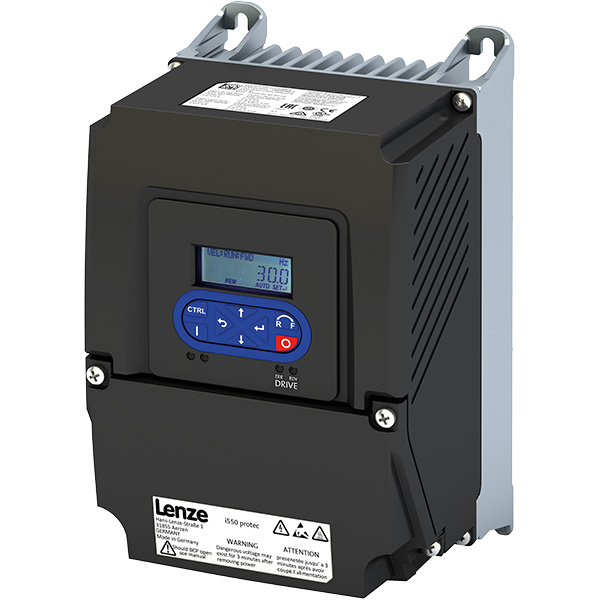Posted on 30th Dec 2023

Servo drives play a fundamental role in industrial automation by providing precise control over the motion of motors. CM Industry Supply Automation Lenze Drive & Keb Drive supplier share an overview of how servo drives work in the context of industrial automation:
In industrial automation, a motion control system is responsible for managing the movement of various components, such as robotic arms, conveyor belts, or other mechanical systems.
The key components of a motion control system include a servo drive, a servo motor, and a feedback device (such as an encoder or resolver).
The servo motor is responsible for converting electrical signals into mechanical motion. It is often a brushless DC motor or an AC motor, and it provides the necessary power to drive the mechanical load.
The feedback device, usually an encoder, continuously monitors the actual position, speed, and sometimes torque of the servo motor. This feedback information is crucial for the servo drive to adjust the motor's behavior in real-time.
Servo drives employ sophisticated control algorithms, often based on Proportional-Integral-Derivative (PID) control, to compare the desired motion profile with the actual motor performance.
The PID controller continuously adjusts the control signals sent to the motor based on the feedback information, minimizing any errors and ensuring that the motor follows the desired trajectory accurately.
Servo systems operate in a closed-loop control configuration. This means that the system continuously measures the actual performance (feedback) and compares it to the desired performance (reference input). The servo drive then adjusts the control signals to minimize any discrepancies.
Servo drives are typically connected to a Programmable Logic Controller (PLC) or a central controller. The controller sends high-level commands and motion profiles to the servo drive.
The servo drive interprets these commands and generates the necessary control signals to drive the servo motor accordingly. The feedback information is continuously communicated back to the controller for closed-loop control.
Servo drives are capable of high dynamic performance, allowing for precise control over acceleration, deceleration, and speed. This is crucial in applications where rapid and accurate movements are required, such as pick-and-place operations, CNC machining, or robotic assembly.
Servo drives often support standard communication protocols like EtherCAT, CANopen, or Modbus, facilitating seamless integration into larger automation systems. This enables coordination and synchronization with other devices in the industrial environment.
Servo drives incorporate safety features to protect the system and operators. These features may include overcurrent protection, overtemperature protection, and fault detection mechanisms.
In summary, According to CM Industry Supply Automation Lenze Drive & Keb Drive supplier servo drives form the heart of motion control systems in industrial automation, providing the precision and responsiveness needed for accurate and dynamic control of motors in various applications. The closed-loop control, communication with higher-level controllers, and integration capabilities make servo drives indispensable for modern industrial automation processes.